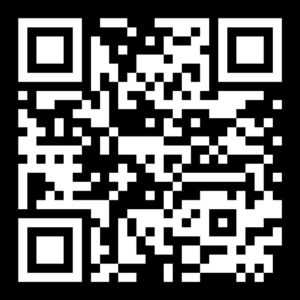Radiological Events (Dirty Bombs, Etc)
A radiological event involves the release of radioactive material that can pose a health risk through external exposure, inhalation, or ingestion. These events may be accidental—such as a nuclear reactor leak or transportation incident—or intentional, such as the use of a radiological dispersal device (RDD), commonly referred to as a “dirty bomb.”
While a dirty bomb may not produce a nuclear explosion, it can contaminate large areas, cause panic, and result in long-term environmental and health hazards.
Types of Radiological Events
- Dirty Bomb (Explosive device combined with radioactive material—spreads contamination without nuclear blast)
- Reactor Accident (Leak or meltdown of a nuclear power facility (e.g., Fukushima, Chernobyl)
- Transport Incident (Accidental release from medical, industrial, or military sources during transit)
Health Effects of Radiation Exposure Levels
- High Exposure (Organ damage, internal bleeding, death)
- Moderate Exposure (Vomiting, hair loss, skin burns)
- Low Exposure (Mild nausea, fatigue)
Note: Symptoms may take hours or days to appear.
Preparedness Tips
Before a radiological event
- Identify nearby nuclear power plants or research facilities
- Learn your local evacuation zone and alert systems
- Build a shelter-in-place kit:
- N95 masks or respirators
- Duct tape, plastic sheeting, towels
- Bottled water, sealed food, and potassium iodide tablets (only take when advised by health officials)
During a Radiological Event
If you are outdoors during the incident:
- Seek shelter indoors immediately
- Remove outer clothing—place it in a sealed plastic bag
- Wash exposed skin and hair with soap and lukewarm water
- Do not use conditioner—it binds radioactive particles to hair
- Avoid touching eyes, mouth, or open wounds
If indoors:
- Close and seal windows, doors, and vents
- Turn off fans and HVAC systems
- Stay in an interior room with no windows, ideally below ground level
- Monitor emergency radio for shelter orders or evacuation routes
After Exposure
- Wait for official instructions before leaving shelter
- Decontaminate thoroughly before contact with others
- Monitor for symptoms and seek medical evaluation
- Avoid consuming food or water that may be contaminated
Key Resources
- Centers for Disease Control and Prevention (CDC) – Radiation Emergencies
cdc.gov/nceh/radiation - Environmental Protection Agency (EPA) Radiation Protection
epa.gov/radiation - Nuclear Regulatory Commission (NRC)
nrc.gov
Recommended Apps
- FEMA App – Alerts and instructions during radiological emergencies
fema.gov/mobile-app
- RadResponder – Professional emergency radiation monitoring
radresponder.net
- Ready.gov – Public safety plans for radiation incidents
ready.gov
